Neurodiversity through the Lens of Intersectionality: lost opportunities and Goldfish
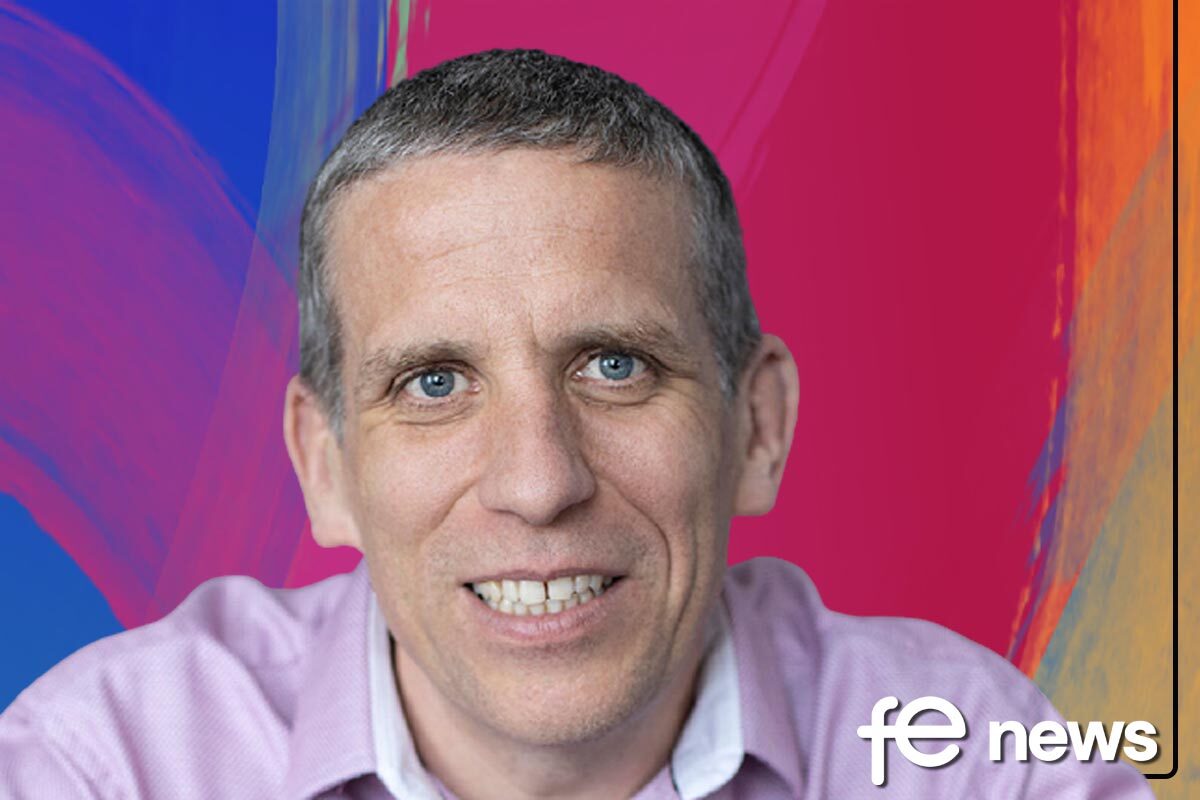
A considerable number of people are still arriving in adulthood without any diagnosis or understanding of their neurodivergent traits (ASC, DCD, dyslexia, dysgraphia or other neurodivergent traits).
There is often an assumption that people know what they need and know how to access it. The reality is not everyone has access to the support and insight that is needed to help them identify their neurodivergent traits.
Neurodiversity is all of us.
Some individuals are neurodivergent and have traits including strengths and difficulties that are unique to them. Intersectionality is a framework that considers the social and political identity of an individual.
When the two are combined it creates the potential for extreme advantage or disadvantage for the individual.
Neurodiversity
Neurodiversity is a term originally coined by Judy Singer in her bachelor thesis and later explored by Harvey Bloom who Singer corresponded with. When the term was originally introduced it described the autistic community, but since then it has become synonymous with a far broader range of thinking styles.
The Neurodiversity umbrella has now opened further to include many acquired conditions and medical diagnoses like migraines and PTSD to mention a few.
Intersectionality
Intersectionality is a framework for understanding how a person’s social and political identity combines to create discrimination and privilege. This term was first conceptualised by Kimberlé Williams Crenshaw. The original work here was looking at gender and race but again this term has broadened out now to include a much wider spectrum that includes underrepresented groups.
When we look through the lens of intersectionality, neurodivergent individuals can experience huge opportunities while others experience a perfect storm of disadvantages.
Research shows, a male from a middle-class family with supportive parents is statistically more likely to receive support and opportunities to amplify his strengths and manage his difficulties than a female who has grown up in a deprived area and has a mixed cultural heritage. There are many biases in play including gender, race, language, criminality, and social-economic background. Coming together this can put the female mentioned here at a considerable disadvantage before she has started the race.
When we then lay on top neurodivergent conditions for example ASD (Autism) where much of the criteria for diagnosis have been developed around male behaviour and presentation. The female is considerably less likely to be diagnosed and as a result, receive support that would amplify her strengths and help her manage her difficulties.
Task
The task before us is to ensure individuals have access to appropriate screening and diagnostic resources in order that they can be properly identified regardless of their social and economic background. This then needs to be followed up with appropriate support and guidance for these individuals to understand their strengths and difficulties allowing for the introduction of co-created interventions that help them be their most effective.
The government, last week through Matt Hancock, has proposed a blanket policy of screening every child of school age for dyslexia. Though at first, this seems like an excellent policy what is important to consider is this is a screening of one neurodivergent set of traits. Based on research by Prof Amanda Kirby co-occurrence of neurodivergent conditions is the norm rather than the exception.
So, what will be missed? Is this just creating another silo with partial knowledge that doesn’t allow the individual to fully understand their Neurodiversity?
Screening is just the start of the journey, interventions and reasonable adjustments based on the whole person are essential to help individuals amplify their strengths and manage the things they find difficult.
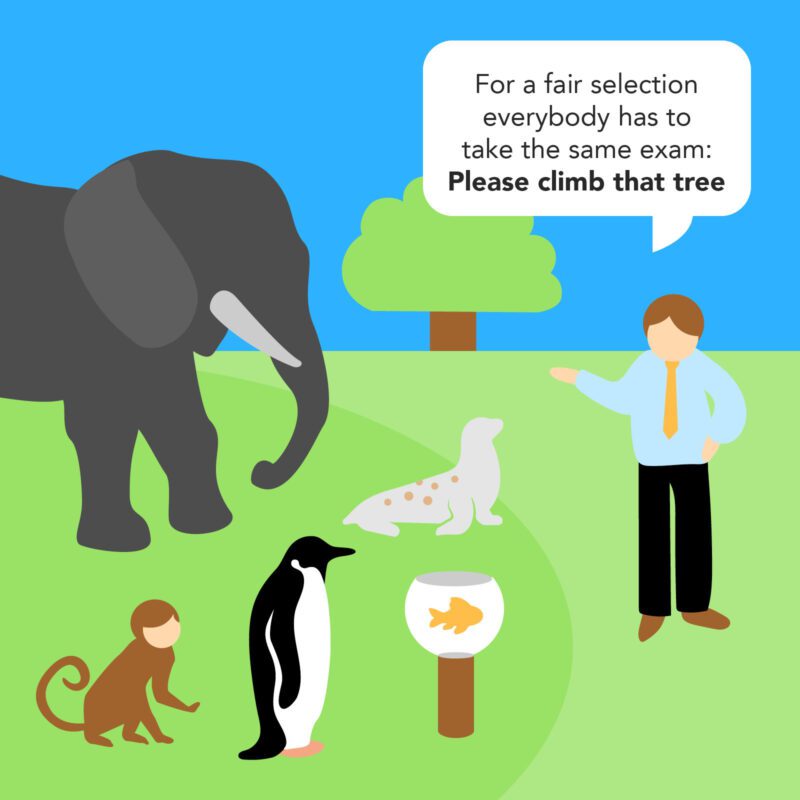

The challenge here is not just to look at the individual as something to be fixed but to also look to the organisational context that the individual is within.
As with this illustration, a goldfish has many strengths, but climbing trees is not one of them especially if the purpose of the assessment is to find out how well the candidates can swim!
Action
So, as we look at how to be truly inclusive organisations we must look beyond the easy silos. Considering people as a whole and making sure that we reach out to groups and individuals who have different intersectional backgrounds. We must look at this as a process of changing our organisations instead of fixing individuals to fit in.
As we embark on this process it is important that we engage in constructive dialogue and do not take shortcuts. Quick wins are okay, shortcuts are often detrimental to the overall aims of what we are trying to achieve. Look for evidence-based approaches like work-based strategy coaching that support individuals and teams to deal with their own stuff so they can be their most effective at work.
These evidence-based approaches look at supporting the individual with the tools and strategies that are relevant for them to be most effective in the workplace. They also look beyond this and start to consider the organisation or environmental factors that impact the individual while critically reviewing their purpose and their fitness for use. With the overall aim of creating workplaces that are better for everyone.
Many adjustments that are put in place to support Neurodiversity are person-centric (changing the person, not the problem). Though important they do not address the environmental factors that cause disability. If there are no environmental changes then we run the danger of just putting a sticking plaster on the problem.
Where to start
We talked about insight, environment and impact, the reality is we are all looking for practical measures that can be used to make the neuroinclusive workplace a reality.
So here are some suggestions on where to start:
- Understand your colleagues, not just who you think they are, but who they really are. Take time to talk to them, listen to them, and get your head around where they are at.
- Be compassionate and listen to hear what they’re saying, as opposed to listening to tell them what you think.
- This is a marathon, not a sprint. Pace yourself for a sustained effort as change is often painful but the results are extremely worthwhile.
- Actively seek out and recognise where there is discrimination or practices that disadvantage individuals or groups of people.
- Record and measure where there are inequalities and start the process of deciding how you are going to measure and record the changes you want to see.
- Be honest and be ready to own up to the mistakes you have already made and will make in the future.
- This process is as much about building relationships as changing things.
- Do not make Neurodiversity the ‘charity of the year’ this is an ongoing effort that needs to be ingrained within your organisation’s culture.
- Do not be tokenistic, keep it real or it will be worth nothing.
- Start with people and finish with people (with no campaigns in the middle).
Result
This all starts with positive power neutral conversations built on trust. These will open dialogue that enables a more inclusive workplace that considers the Intersectionality of the individuals involved. Let’s do this openly, while actively looking to engage others from different backgrounds, cultures and experiences especially those in the groups identified experiencing a greater level of difficulty and or representation within your organisation and society (looking outside your organisation is also helpful).
Review
What has been described here is a process that enables organisations to become more neuroinclusive especially to those with different intersectional backgrounds. As this is a process it has no endpoint, it is instead something that will constantly need to evolve and adapt based on the greatest resource organisations have – your people!
Nathan Whitbread, Founder of The Neurodivergent Coach

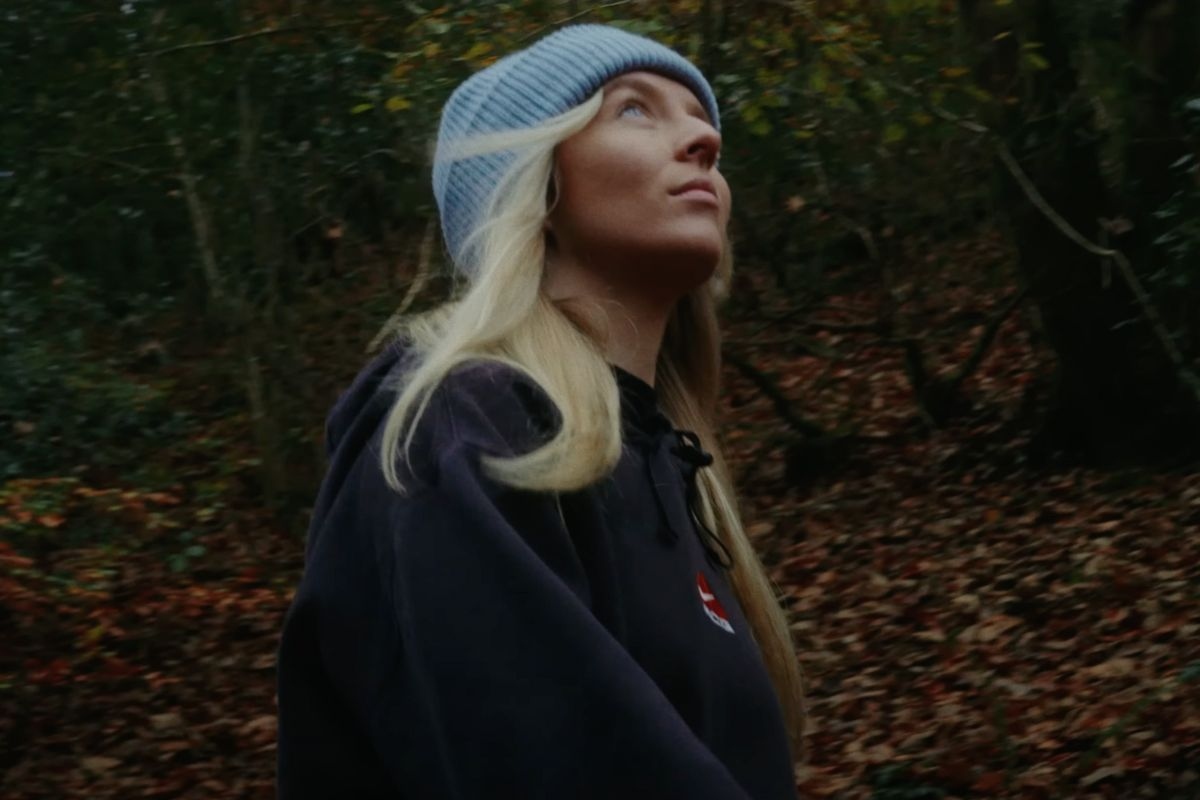
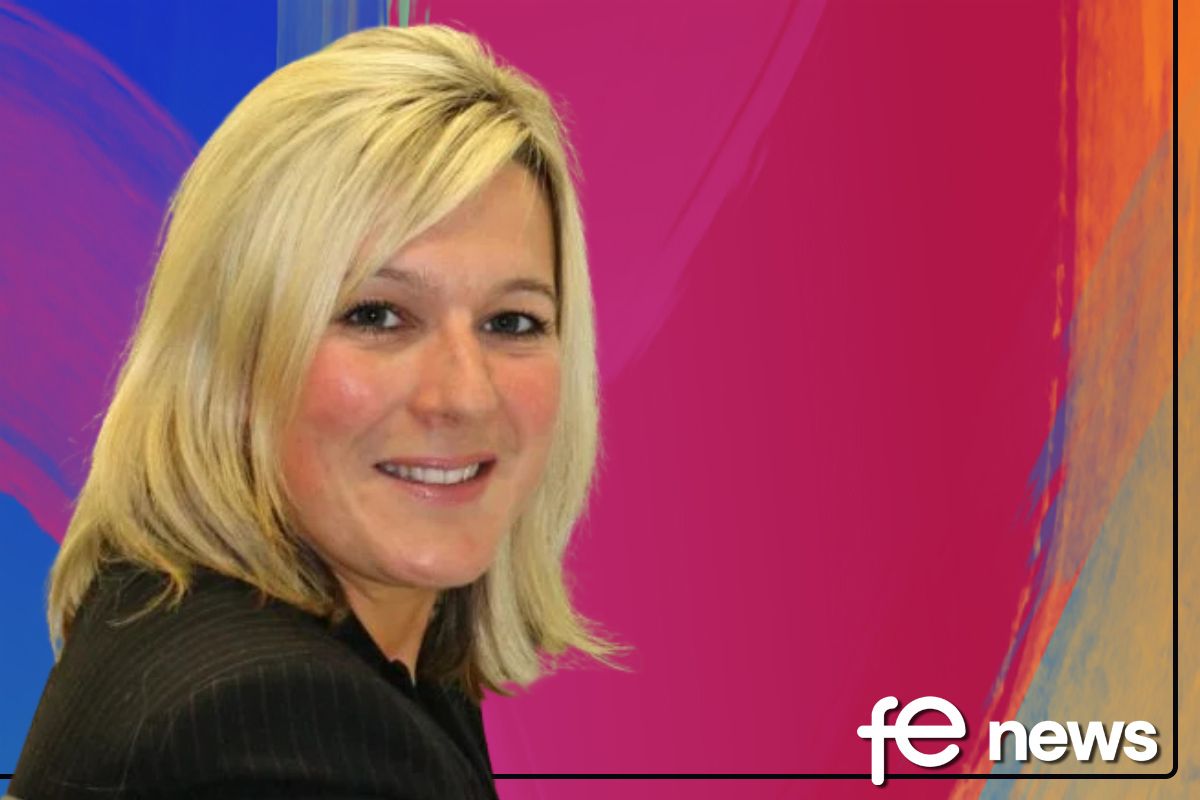
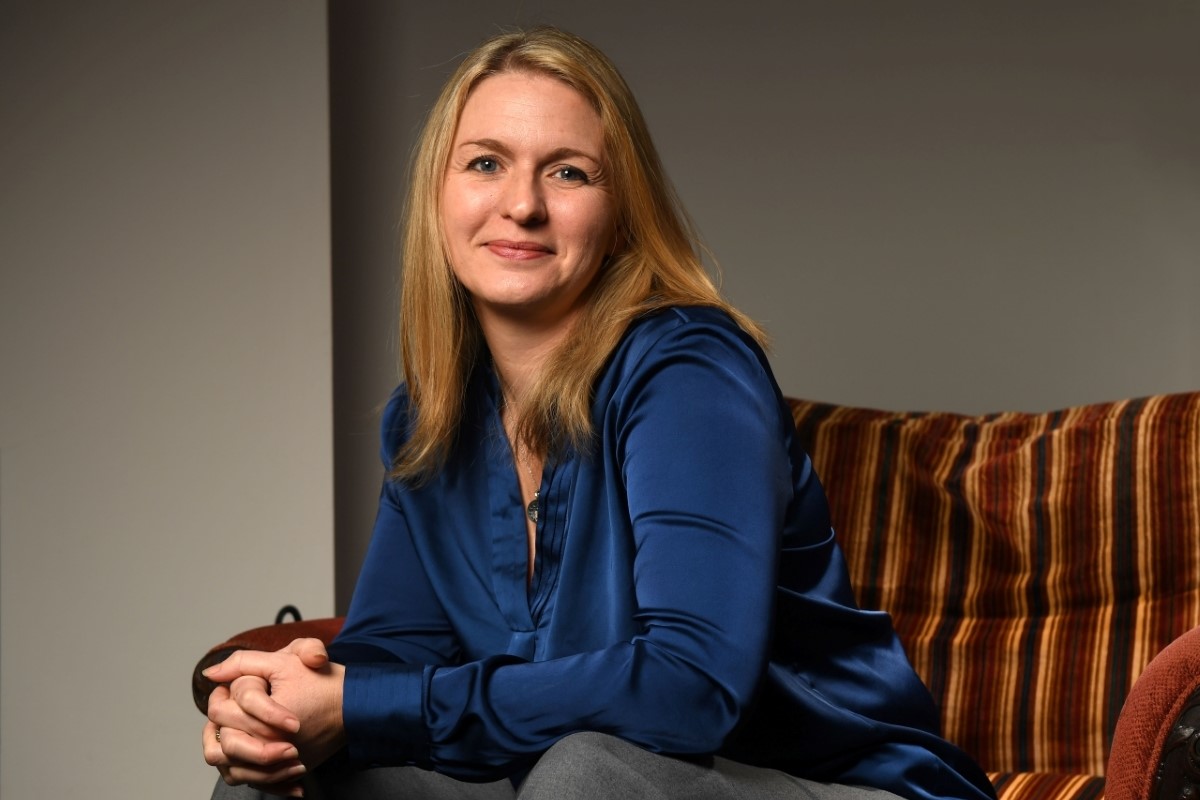

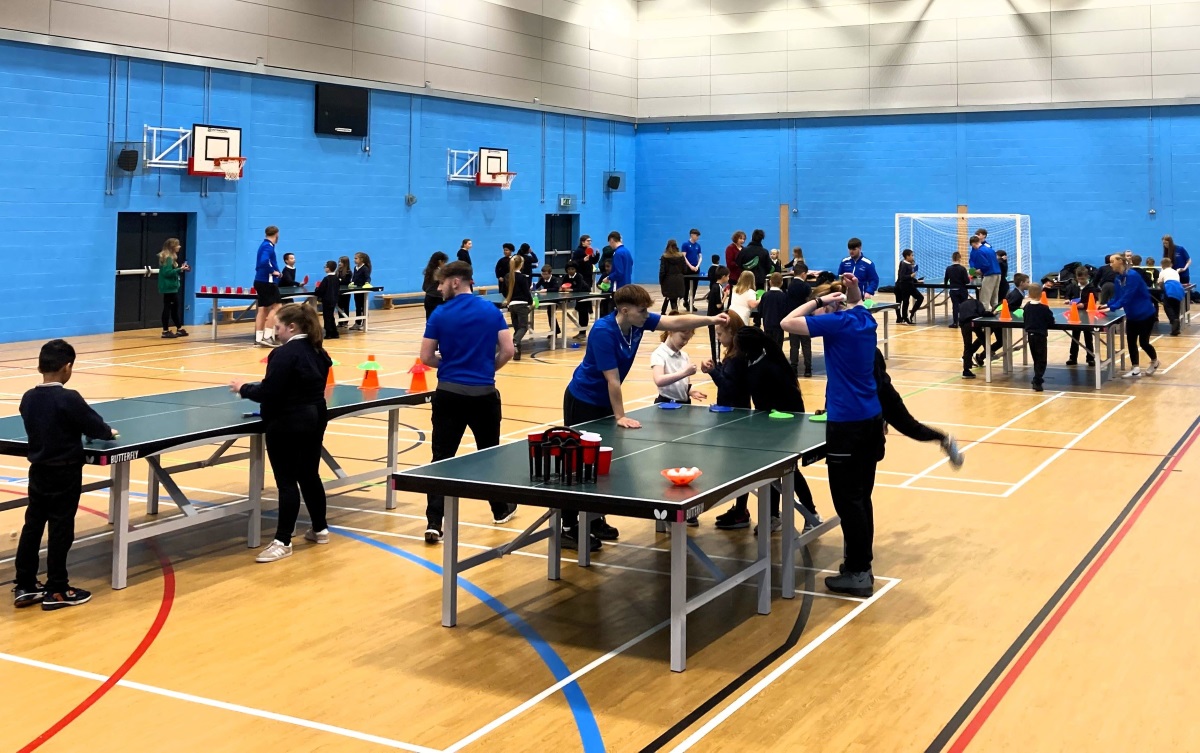




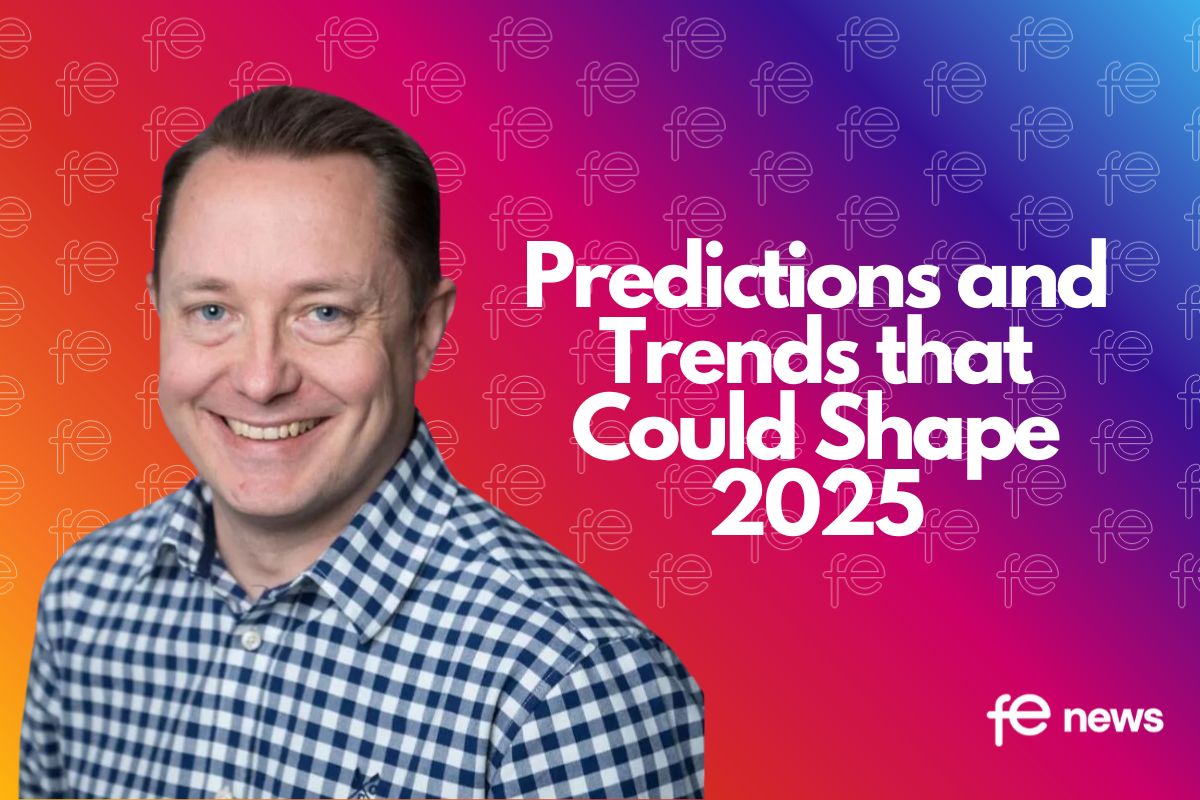
Responses